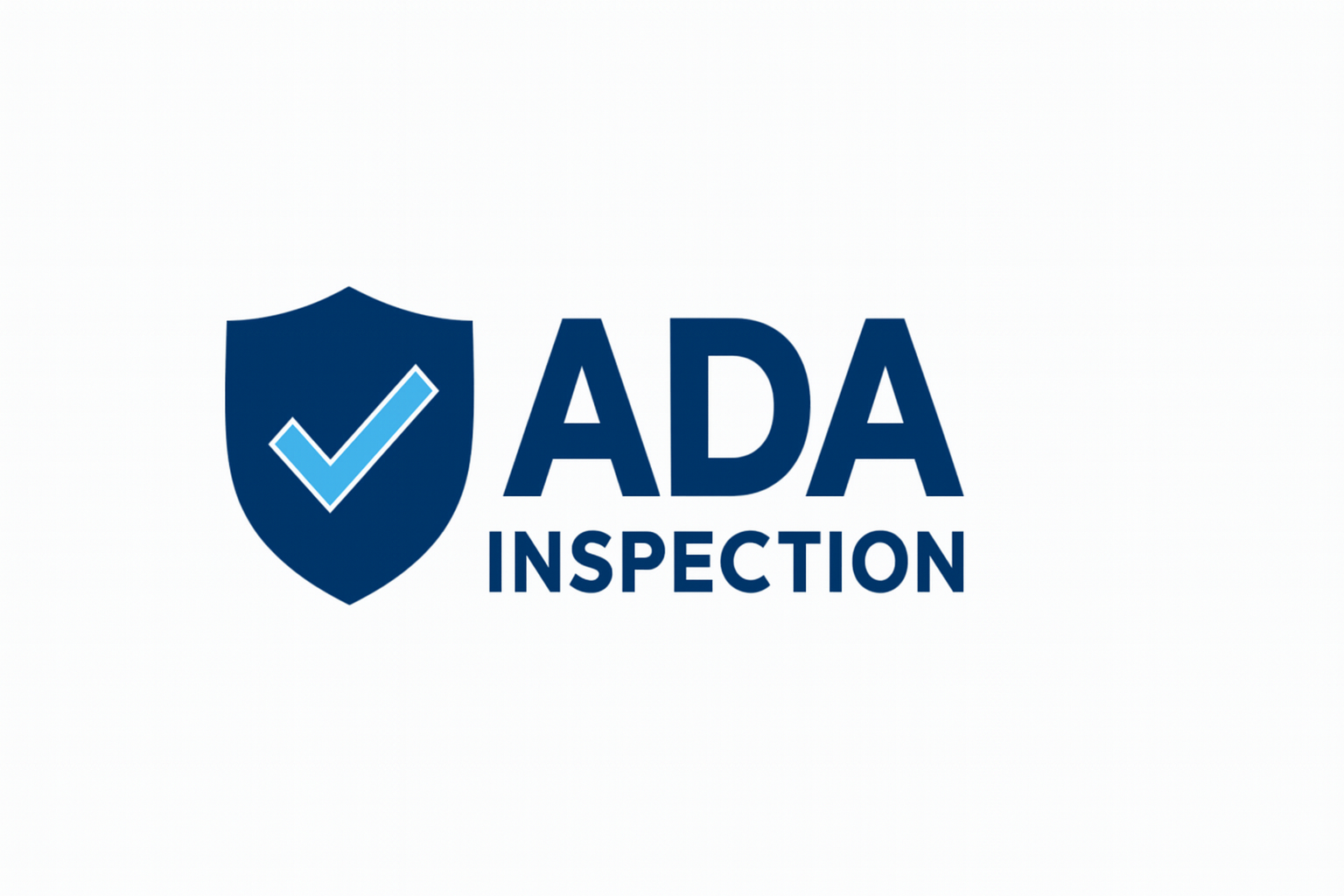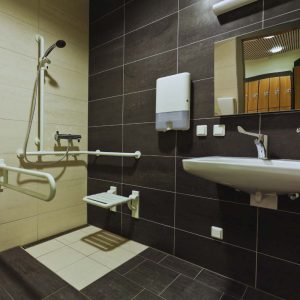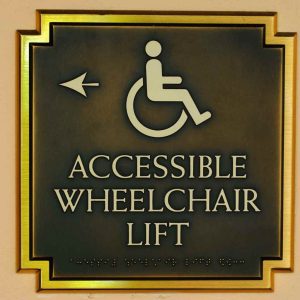How California Restaurants Can Plan Accessible Parking Without Legal Risk
Accessible parking isn’t just a legal checkbox it’s a vital part of creating a safe and welcoming space. For restaurants in California, the wrong parking layout, missing signs, or noncompliant striping can trigger lawsuits, limit who can enter your doors, and put your reputation at risk. This guide breaks down what restaurant owners need to know to get it right the first time.
Why Parking Accessibility Matters for Restaurants
Let’s be clear: if a person with a disability can’t safely park and enter your restaurant, it’s not just bad service it could lead to a complaint or lawsuit. Under both the Americans with Disabilities Act (ADA) and California Title 24, restaurants must provide accessible, well-marked parking spaces and barrier-free routes to entry. Even minor issues like a tilted sign or uneven slope can cause big problems.
What the Law Requires: ADA and Title 24 Standards
Federal ADA Requirements for Restaurant Parking
The ADA sets the federal baseline for accessible parking. Key requirements include:
-
Minimum number of accessible spaces based on your lot size
-
At least one van-accessible space with an 8-foot access aisle and a 98-inch clearance
-
Clear signage using the international accessibility symbol
-
Flat surfaces (no more than a 2% slope), free of hazards
-
Barrier-free routes from the parking space to your front entrance
Title 24 Requirements in California
California’s Title 24 is stricter than federal rules. It requires:
-
Precise paint and striping styles (e.g., blue outlines, white hatching)
-
Regulated signage height and placement for visibility
-
Current construction standards, updated as recently as 2022
Not sure where your lot stands? Scheduling a CASp inspection can help catch and correct issues early.
Common Parking Mistakes That Put Restaurants at Risk

Most violations are unintentional but still risky. Watch out for:
-
Too few van-accessible spots or placing them too far from the entrance
-
Signs that don’t meet legal standards in placement or design
-
Sloped or broken pavement in accessible areas
-
Obstructions in access aisles, such as patio furniture or dumpsters
-
Shared lot confusion, where multiple tenants aren’t aligned on compliance
How to Evaluate Your Lot’s Accessibility
Step 1: Count Your Spaces
Know your total parking count. If you have 26–50 spaces, for example, you must have two accessible spots, one being van-accessible.
Step 2: Inspect Physical Conditions
Check slope, signage, and striping:
-
Use a digital level to measure slope—anything over 2% is noncompliant
-
Confirm striping is clear and access aisles are 5 feet wide
-
Ensure curb ramps are textured, nonslip, and hazard-free
Step 3: Compare Against Code
Cross-reference your current layout with California Title 24 standards. Don’t guess—have a Certified Access Specialist review the details.
Shared Parking Lots: Who’s Responsible?
In shared lots, it’s easy to assume someone else is handling accessibility—but that won’t protect you in court.
-
Review your lease to identify maintenance responsibilities
-
Coordinate with other tenants and your landlord on upgrades
-
Share costs of inspections and repairs where needed.
Low-Cost Fixes That Go a Long Way
You don’t have to spend thousands. These quick improvements often resolve key violations:
-
Repaint lines and access aisles using correct color and dimensions
-
Install new signage that meets ADA and Title 24 height specs
-
Repair or repour damaged concrete in accessible paths
-
Add lighting or reflective paint for nighttime visibility
These updates can often be completed over a weekend with minimal disruption.
Why a CASp Inspection Is a Smart Move
A CASp report does more than confirm you’re compliant it helps shield you from lawsuits. Under California SB 1608, it can reduce or defer legal penalties.
Good times to get one:
-
Before opening your restaurant
-
When renovating or modifying the lot
-
After taking over a previously used space
Restaurant Parking Compliance: Quick Review
Use this checklist before your next health inspection, permit renewal, or reopening:
-
Count all spaces and confirm required number of accessible spots
-
Check striping, signage, and slope for compliance
-
Clear obstructions from access aisles
-
Verify curb ramps and surfaces are in good condition
-
Schedule a CASp inspection if in doubt
Wrapping Up: Accessibility Is Good Business
Accessible parking protects your customers and your business. Fix what’s easy now, plan for what’s harder later, and bring in pros when needed. It’s not just about compliance it’s about running a restaurant that welcomes everyone.
Compliance Resources & Legal References
-
ADA 2010 Standards for Accessible Design – U.S. Department of Justice



